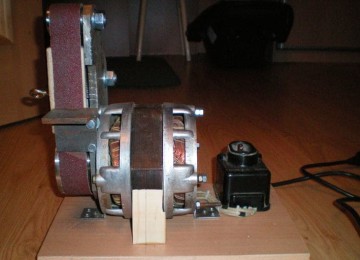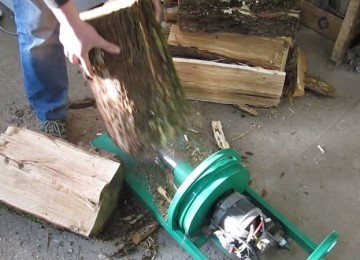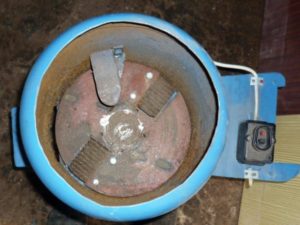 If you have a new washing machine in your house, you don’t need to throw away the old one, even if it’s broken. With a little time and effort, you can use this technique to create many useful things, for example, a grain crusher from a washing machine, which is always useful for those who run a household. Using such a device, you can also make flour from corn or wheat or process vegetables, while in terms of productivity it is slightly inferior to factory equipment.
If you have a new washing machine in your house, you don’t need to throw away the old one, even if it’s broken. With a little time and effort, you can use this technique to create many useful things, for example, a grain crusher from a washing machine, which is always useful for those who run a household. Using such a device, you can also make flour from corn or wheat or process vegetables, while in terms of productivity it is slightly inferior to factory equipment.
Advantages of a homemade grain crusher
A homemade grain crusher made from a washing machine has a number of advantages over factory ones. Among them:
- low cost because all the necessary materials are at hand;
- the equipment allows you to process rye and barley, grain, legumes, husks;
- manufacturing and installing a disk grater will turn the grain crusher into an excellent chopper for vegetables, root vegetables and fruits;
- easy to use due to the simplicity of the design;
- useful use of old household appliances.
The principle of operation of a homemade grain crusher
To make a homemade grain crusher with your own hands, you will need an Oka brand washing machine or similar, with a cylindrical tank and top loading. Its motor is quite weak, it is enough for washing, but it cannot cope with grinding grain. Therefore, the motor will need to be disconnected and replaced with a more powerful one.
The principle of operation of a homemade device from a washing machine is very simple and resembles a regular coffee grinder that grinds beans, only in a much larger size. The action is performed at high speed, the best grinding occurs near the walls of the tank.
The activator is removed from the washing machine, and instead of it, blades or knives are installed to process the source material. There is a funnel located outside, through the hole of which the chopped fodder is poured into the prepared container. The design has a fine mesh, so whole grains do not spill out of the tank.
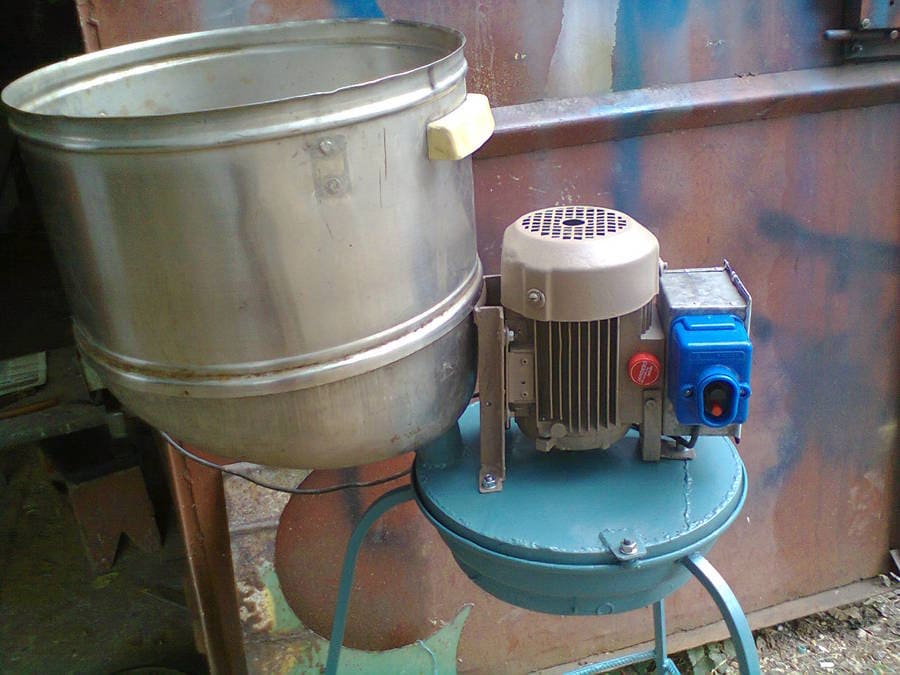
Required materials and tools
To make a grain crusher, you will need the following tools:
- Bulgarian;
- drill;
- set of drills;
- pliers;
- chisel;
- hammer;
- a set of wrenches and socket wrenches;
- bolts and nuts;
- emery;
- pruner
In addition to the washing machine, you need to prepare additional materials:
- Metal grille with small sections (up to 3 mm);
- sleeve;
- flange;
- gaskets made of tin and rubber;
- several steel plates measuring 1.5 by 20 mm and 1.5 mm thick.
Instructions for making a grain crusher
To make the device, you need to know how to make a grain crusher from an old washing machine. The process looks like this:
- Using sandpaper, sharpen the prepared steel plates.
- Make or order a flange to secure the knives to the pulley.
- Lay the washing machine on its side, unscrew the fixing bolt on the activator pulley.
- Place the equipment in working position and pull out the activator.
- Make holes in the center of the knives and slide them onto the pulley.
- Make protection. It is necessary to prevent grain from getting inside the equipment, because the plastic activator is larger in size than the shaft with knives. To do this, you need to make a patch from a piece of tin and cover the bushing with it, and on top of the entire structure with a rubber gasket. To ensure a better seal, you can use a sealant.
- Make a funnel to drain the flour. Use a hammer and chisel to widen the drain hole to install a funnel.
- Install a pipe or piece of pipe of suitable diameter into the prepared hole. Secure with bolts. The withdrawal is ready.
Next you need to install the grille at an angle of 15°. To do this you will need:
- Determine the height of the knives during rotation and make a note.
- Make a small indent upward from the mark and draw a line. This will be the border on which the grille is installed.
- To give the grate the desired shape and make as few gaps as possible between it and the walls of the tank, you can use a cardboard template. To do this, you need to take a sheet of cardboard, lean it against the mark and bend the edges until you get a shape that fits tightly to the walls of the tank. It is also necessary to take into account small allowances for fastening the grille with bolts.
- Prepare a grate according to the diameter of the tank.
- Place the grid on the drawn line. There should be no gaps, otherwise the grain will spill into the flour container.
- Secure the grille using nuts and bolts.
- Cover the cracks that appeared during the installation of the grille with cold welding and allow it to dry.
- To prevent grain from flying out during operation, you need to make a hole in the tank lid and insert a funnel into it to fill in the raw material. You also need to install a lock on the lid and side wall of the washing machine. This is necessary so that it does not open during operation of the future grain crusher, and the grain does not fly out.
Next, you need to connect the motor correctly. Typically, four wires come out of a classic asynchronous motor - two to the starting winding, and two more to the working winding. An electrical circuit or a multimeter operating in ohmmeter mode will help you correctly recognize them.
To determine the type of wires using a tester, you need:
- Touch all wires one by one with the probe until pairs are detected.
- The wires going to the working winding will have less resistance.
- Now you need to connect one working and one starting wire together.
- The remaining wires are attached to the capacitor or to the short pulse button.
- Connect the power cord.
- Plug in the motor and check its operation.
- In order for the motor to rotate in the opposite direction, you need to swap the starting winding motor.
Next, you need to run the grain crusher in idle mode for about three minutes and make sure that it is functioning properly, the engine does not overheat, there are no extraneous sounds, the knives rotate freely and do not touch the walls of the tank or grate. After this, you can start grinding the grain.
How to use a homemade grain crusher
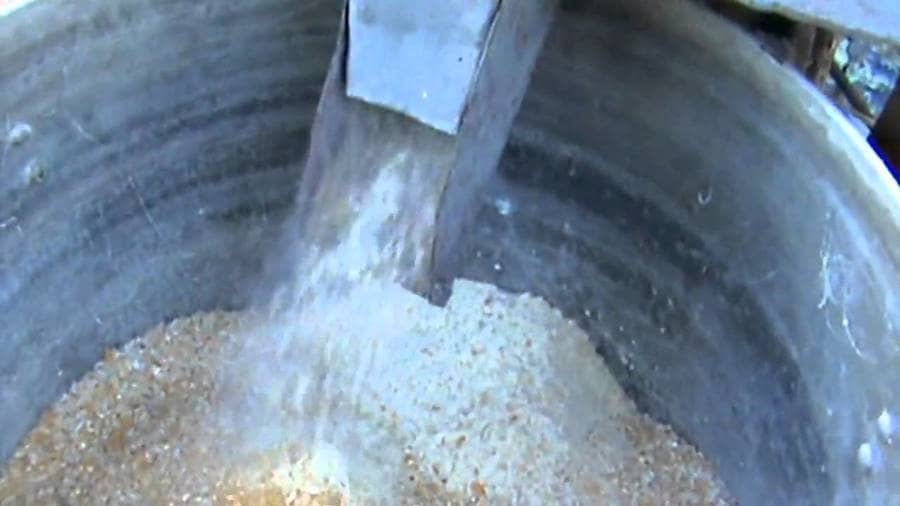
To use the device, you need to plug in the plug, then start the grain crusher, let it idle for a while so that the motor warms up, then pour a bucket of grain into the tank, cover with a lid, close the latch and place the empty container under the grain outlet. If you need to process large volumes of grain, you can add raw materials through the funnel in the lid during the process.
During work, you will need to ensure that foreign objects do not get inside the device along with the grain, which could lead to damage to the knives or breakage of the structure. It is not recommended to leave the grain crusher unattended while it is running.
From time to time you will need to remove the knives and sharpen them because they become dull when crushing grain. The user will know that this needs to be done when the quality of grain grinding becomes much worse.
If you need a coarser or finer grind, you just need to replace the grid with another one with larger or smaller cells.
Conclusion
If there is an old washing machine left in the house, if you have the necessary tools, free time and basic metal handling skills, you can make a homemade grain crusher from it. Despite the fact that homemade devices are inferior to factory ones in performance, their main advantage is low cost. Such grain crushers are always useful in a private home where there is livestock. Grain usually costs less than ready-made feed, and in addition, there is no risk of buying low-quality or poisoned feed.
In addition, from a used washing machine you can also construct:
- lawnmower,

- grass cutter,
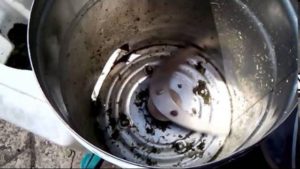
- electric bike,
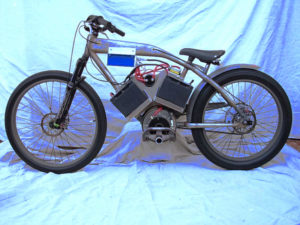
- honey extractor,
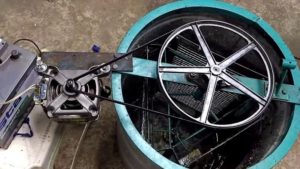
- Potter's wheel,
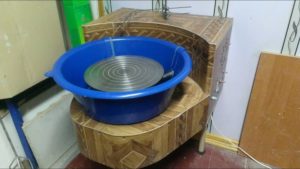
- wood splitter,

- concrete mixer,
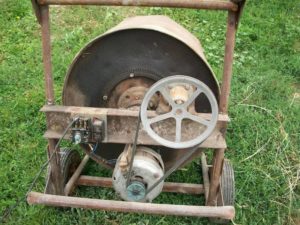
- irrigation pump,

- lathe,
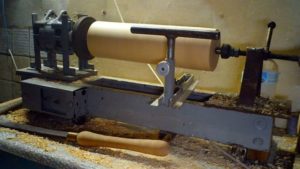
- juicer,
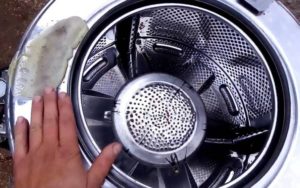
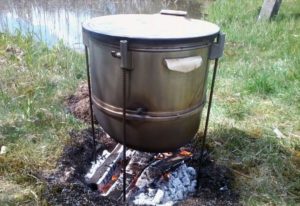




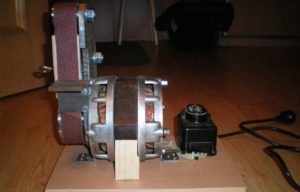

- circular
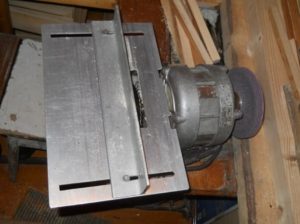
- and much more.








